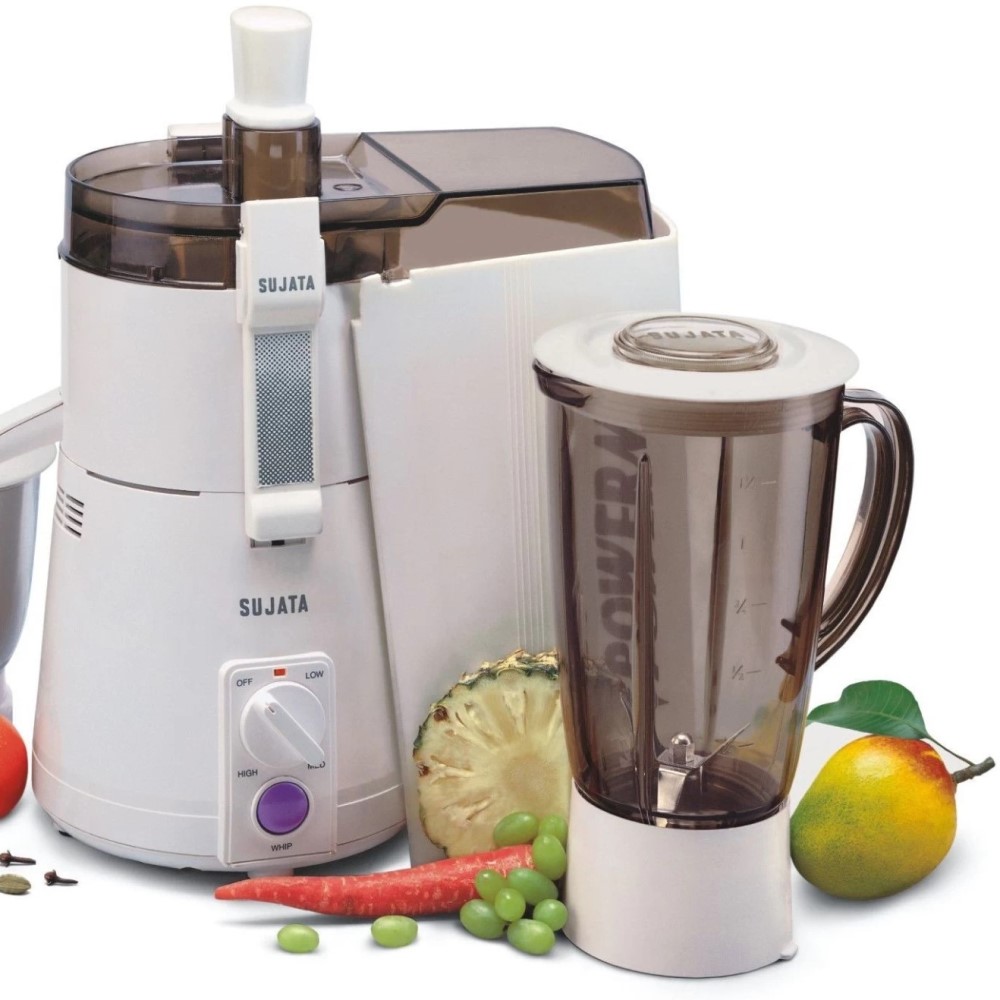
In today’s fast-paced world, maintaining a healthy lifestyle can be challenging. However, with the advent of high-quality juicer machines, integrating fresh juices into your daily routine has never been easier. These versatile appliances not only simplify the process of juicing but also ensure you receive maximum nutritional benefits from your fruits and vegetables. In this comprehensive guide, we will explore the various aspects of juicer machines, helping you make an informed decision and elevate your health to new heights.
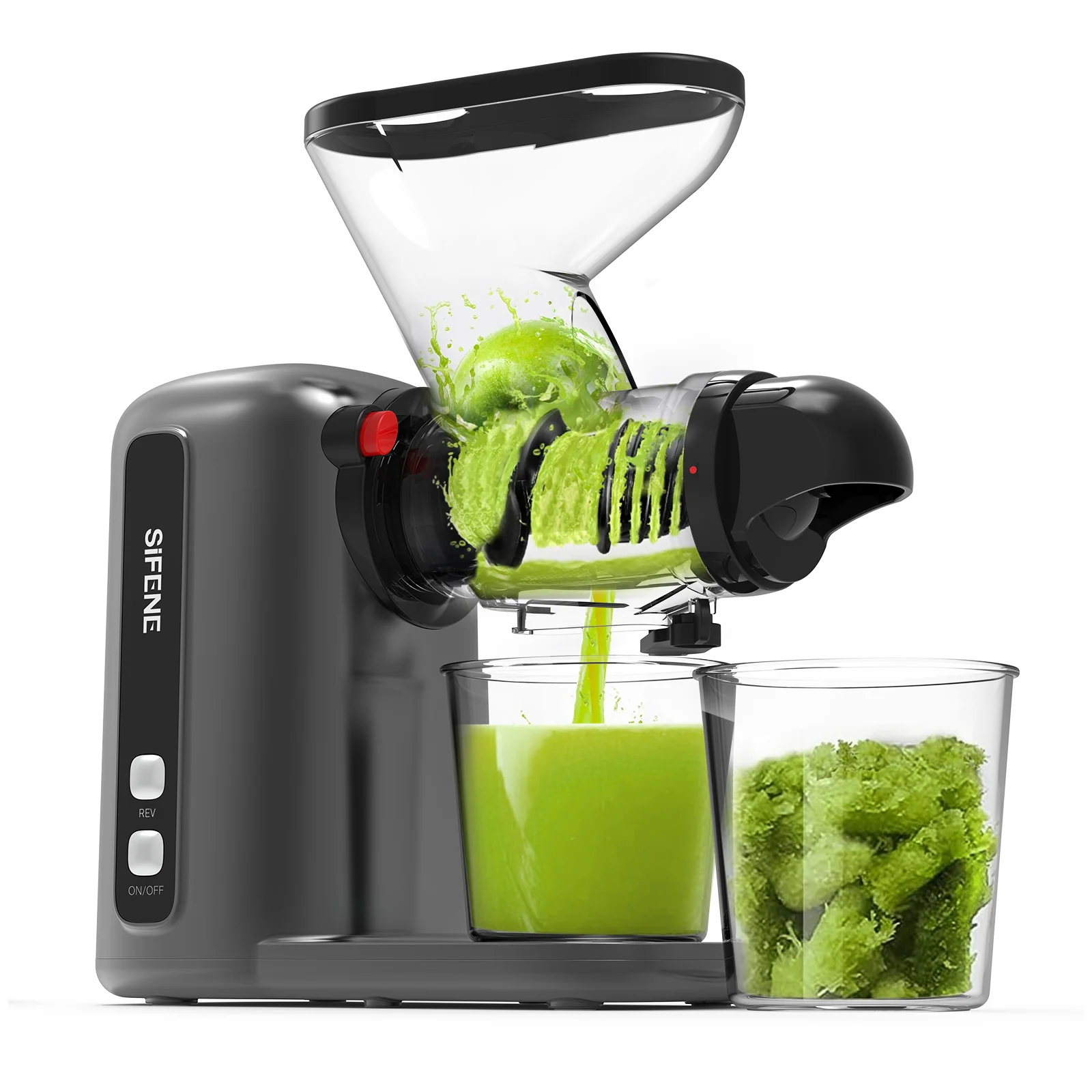 Understanding Juicer Machine
Understanding Juicer Machine
What Are Juicer Machines?
Juicer machines are kitchen appliances specifically designed to extract juice from fruits and vegetables by separating the liquid from the pulp. They come in various types, and each utilizes different mechanisms to achieve efficient juicing. For example, from centrifugal juicers to masticating and triturating models, the market offers a wide range of options to suit different needs and preferences. As a result, you can easily find a juicer that fits your lifestyle and juicing goals.
Types of Juicer Machines
Centrifugal Juicers
Centrifugal juicers are among the most popular types due to their speed and efficiency. They operate by spinning blades at high speeds to shred the produce, forcing the juice through a fine mesh while separating it from the pulp. Consequently, these juicers are ideal for those who prioritize quick juice extraction.
Masticating Juicers
Unlike centrifugal models, masticating juicers operate at slower speeds, using an auger to crush and squeeze the juice out of the produce. This method preserves more nutrients and yields a higher juice quality, making it a preferred choice for health enthusiasts. Additionally, masticating juicers are versatile, often doubling as food processors for making nut butters, baby food, and more.
Triturating Juicers
Triturating juicers, also known as twin-gear juicers, utilize two gears to crush and grind the produce thoroughly. This method ensures maximum juice extraction and nutrient retention. Although triturating juicers are generally more expensive, they offer superior performance and versatility, catering to those who seek the best in juicing technology.
Benefits of Using Juicer Machine
Health Advantages
Juicer machines provide numerous health benefits by enabling the consumption of fresh, nutrient-dense juices. Drinking freshly extracted juice ensures a high intake of vitamins, minerals, and antioxidants essential for overall well-being. Moreover, juicing can aid in detoxification, improve digestion, and boost the immune system.
Convenience and Efficiency
One of the primary reasons people invest in juicer machines is the convenience they offer. These appliances simplify the juicing process, allowing you to prepare fresh juices quickly and effortlessly. Additionally, modern juicer machines come with features like easy cleaning systems and multiple speed settings, enhancing their overall efficiency and user-friendliness.
Cost-Effectiveness
While the initial investment in a high-quality juicer machine may seem significant, it proves cost-effective in the long run. By making your own juices at home, you can save money compared to purchasing store-bought juices, which often contain added sugars and preservatives. Furthermore, the ability to use a variety of produce ensures that you can take advantage of seasonal fruits and vegetables, maximizing both taste and nutrition.
 Choosing the Right Juicer Machine
Choosing the Right Juicer Machine
Factors to Consider
Selecting the ideal juicer machine involves evaluating several factors to ensure it meets your specific needs. These factors include:
- Juicing Speed and Efficiency: If you often juggle a busy schedule, a centrifugal juicer’s speed might be more suitable. Conversely, if nutrient preservation is a priority, a masticating or triturating juicer would be a better choice.
- Ease of Cleaning: Juicer machines with fewer parts and dishwasher-safe components are easier to clean, making them more convenient for regular use.
- Durability and Build Quality: Investing in a juicer made from high-quality materials ensures longevity and consistent performance.
- Noise Level: Centrifugal juicers tend to be noisier, which might be a consideration if you prefer a quieter kitchen environment.
- Versatility: Some juicers offer additional functions like making pasta, sorbets, or nut butters, providing added value and functionality.
Top Features to Look For
Adjustable Speed Settings
Having adjustable speed settings allows you to control the juicing process, catering to different types of produce. This feature is particularly useful when dealing with leafy greens or hard vegetables, ensuring maximum juice extraction without compromising quality.
Pulp Control
Pulp control settings enable you to adjust the thickness of your juice by regulating the amount of fiber in the final product. This customization is essential for personalizing your juice consistency according to your preference.
Large Feed Chute
A large feed chute reduces the need for pre-cutting produce, saving time and effort. This feature is especially beneficial for those who juice frequently or use large quantities of fruits and vegetables.
Safety Features
Juicer machines equipped with safety features, such as automatic shut-off and secure locking mechanisms, ensure safe and worry-free operation, providing peace of mind during use.
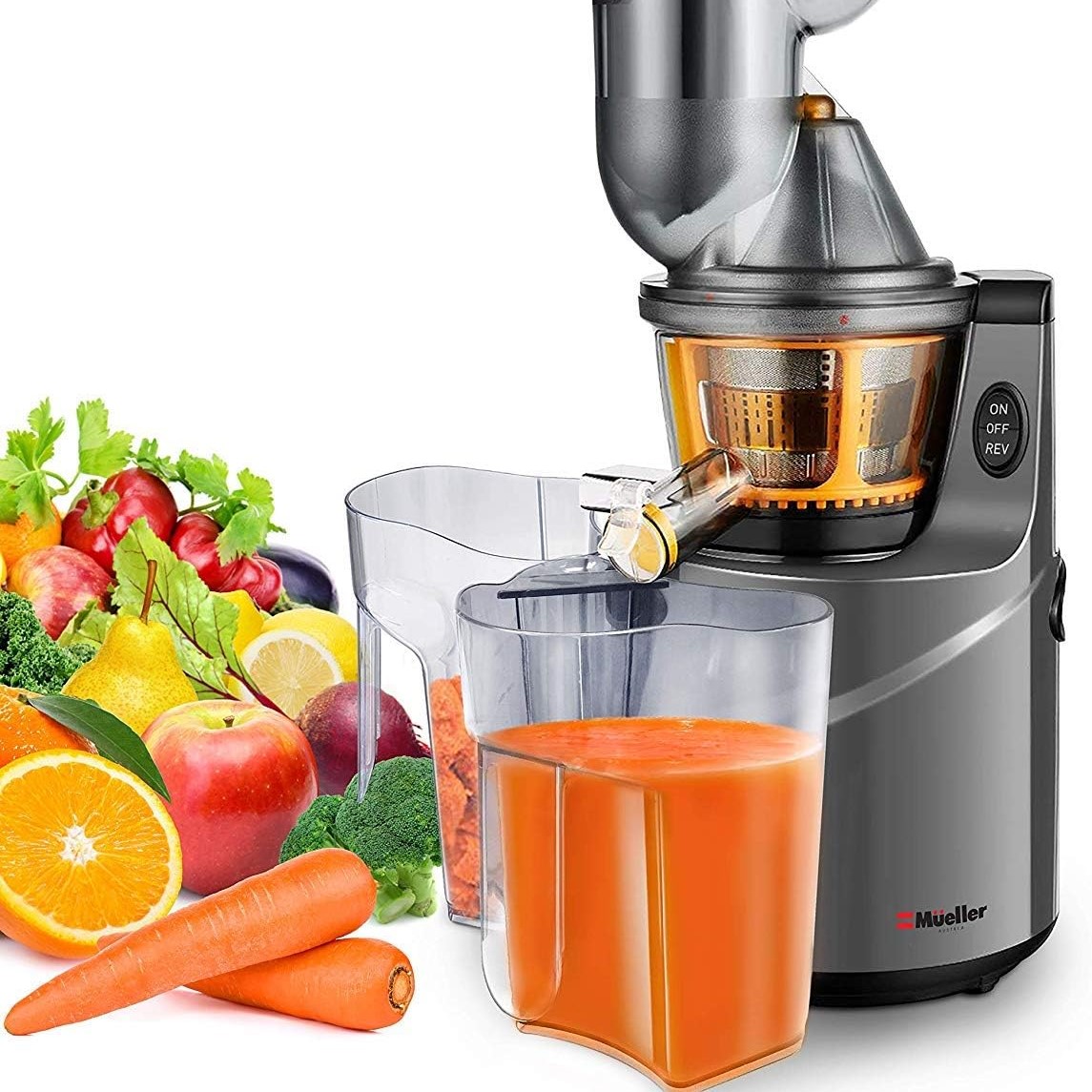 Maximizing the Use of Your Juicer Machine
Maximizing the Use of Your Juicer Machine
Tips for Effective Juicing
To get the most out of your juicer machine, consider the following tips:
- Use Fresh Produce: Fresh fruits and vegetables yield the best-tasting and most nutritious juices. Ensure that your produce is clean and ripe for optimal results.
- Prepare Ingredients Properly: Cutting produce into smaller pieces can enhance juice extraction efficiency. Additionally, soaking leafy greens can soften them, making them easier to juice.
- Alternate Soft and Hard Produce: Combining soft fruits with hard vegetables can prevent the juicer from clogging and ensure a smooth juice flow.
- Clean Immediately After Use: Juicer machines are easier to clean when the pulp hasn’t dried. Rinse the parts promptly to maintain their functionality and hygiene.
Creative Juice Recipes
Exploring different juice recipes can make your juicing experience more enjoyable and diverse. Here are a few ideas to inspire you:
Green Detox Juice
Combine spinach, kale, cucumber, green apple, lemon, and ginger for a refreshing and detoxifying juice packed with vitamins and minerals.
Tropical Paradise Juice
Blend pineapple, mango, orange, and coconut water for a sweet and hydrating tropical delight.
Beetroot Power Juice
Mix beetroot, carrot, apple, and a hint of lemon for a vibrant and energizing juice rich in antioxidants.
Incorporating Juicing into Your Daily Routine
Integrating juicing into your daily routine can be seamless with a few simple strategies:
- Morning Boost: Start your day with a nutrient-packed juice to energize and fuel your body.
- Post-Workout Recovery: A protein-rich juice with ingredients like banana, almond milk, and spinach can aid in muscle recovery.
- Afternoon Snack: Replace sugary snacks with a fresh juice to maintain energy levels without the crash.
Maintenance and Care of Juicer
Regular Cleaning
Maintaining your juicer machine involves regular cleaning to prevent residue build-up and ensure optimal performance. Disassemble the parts after each use and rinse them thoroughly under warm water. For a deeper clean, use a brush to remove any stubborn pulp and consider running a cleaning cycle with water and a small amount of lemon juice.
Troubleshooting Common Issues
Even the best juicer machines may encounter occasional issues. Here are some common problems and their solutions:
- Juicer Not Starting: Ensure that all parts are correctly assembled and that the machine is plugged in. Check for any safety locks that may need to be engaged.
- Low Juice Yield: This might be due to improper preparation of ingredients. Try cutting produce into smaller pieces or adjusting the speed settings for better extraction.
- Excessive Noise: If your juicer is unusually loud, check for any blockages or debris stuck in the blades or strainer. Regular maintenance can prevent this issue.
Longevity Tips
To extend the lifespan of your juicer machine, follow these best practices:
- Avoid Overloading: Do not overload the juicer with too many ingredients at once. Juice in smaller batches to prevent strain on the motor.
- Use Appropriate Produce: Stick to the types of fruits and vegetables recommended by the manufacturer to avoid damage to the machine.
- Store Properly: Keep your juicer in a dry and clean environment to prevent rust and other damage.
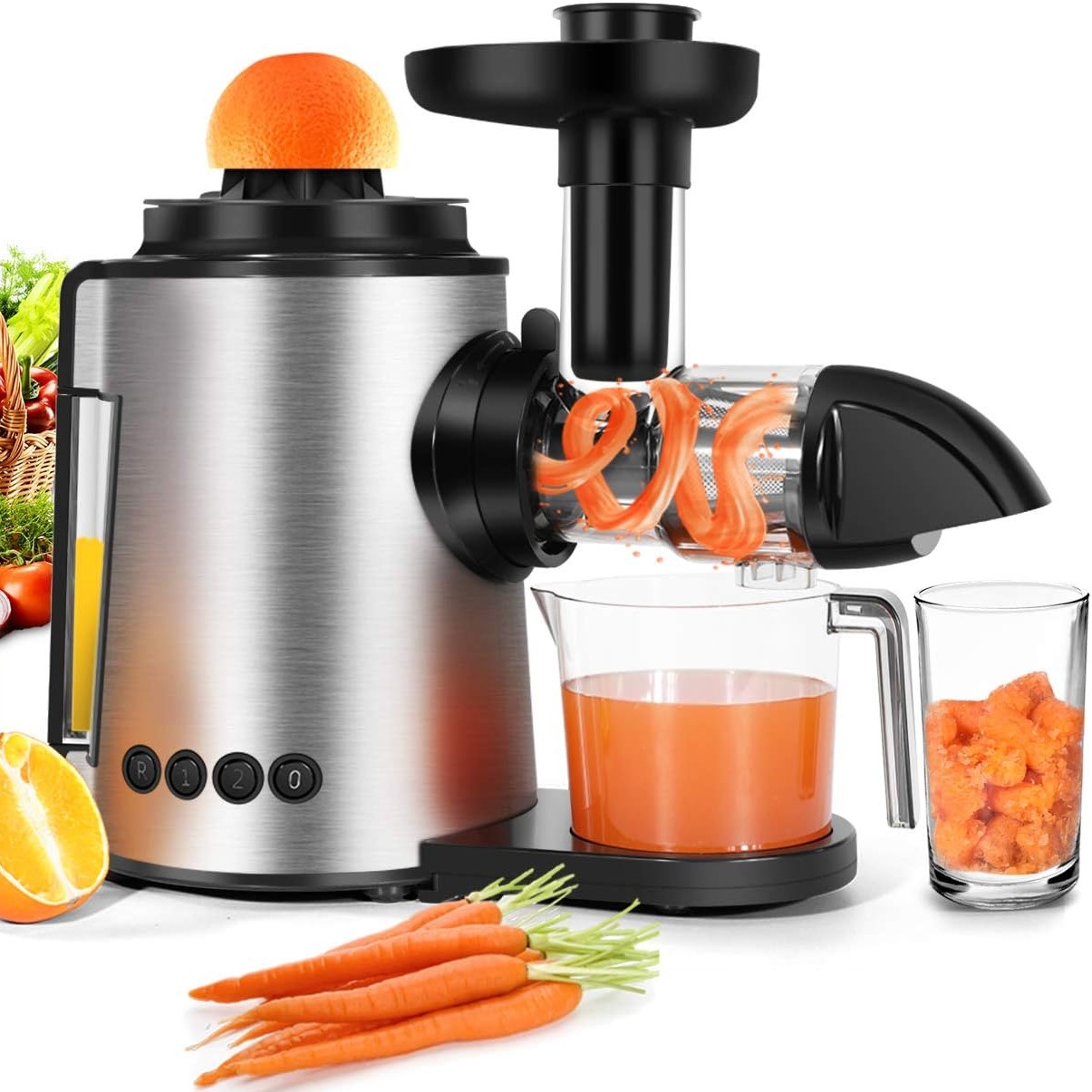 Comparing Leading Juicer in the Market
Comparing Leading Juicer in the Market
Top Brands and Models
When choosing a juicer machine, it’s essential to compare the leading brands and models to find the one that best suits your needs. Here are some of the top contenders:
Omega NC900HDC
The Omega NC900HDC is a versatile masticating juicer that is well-known for its durability and efficiency. Not only does it excel in juicing leafy greens, but it also offers additional functions such as pasta making and nut butter processing. Therefore, this juicer is an excellent choice for those looking for a multi-functional appliance that caters to various culinary needs.
Breville JE98XL
Breville’s Centrifugal Juicer JE98XL stands out due to its powerful motor and large feed chute, which together make it ideal for quick and effortless juicing of a variety of produce. As a result, this juicer is perfect for those who prioritize efficiency and convenience in their juicing routine.
Tribest GSE-5000
The Tribest GSE-5000 is a triturating juicer that provides superior juice extraction and nutrient retention. Its compact design and ease of cleaning make it a favorite among health enthusiasts.
Price and Value
While the price of juicer machines can vary significantly, it’s crucial to consider the value they offer in terms of performance, durability, and versatility. Investing in a slightly more expensive model often pays off with better juice quality and longer-lasting use.
The Environmental Impact of Juicer
Reducing Waste
Juicing can help minimize food waste by utilizing parts of fruits and vegetables that might otherwise be discarded. Additionally, creating your own juice allows you to control portion sizes, reducing excess consumption and waste.
Eco-Friendly Cleaning Practices
Utilize natural cleaning solutions, such as lemon juice and vinegar, to maintain your juicer machine without relying on harsh chemicals. This approach not only prolongs the life of your appliance but also ensures a healthier environment.
Integrating Juicer Machine into a Balanced Diet
Complementing Whole Foods
While juicing offers a convenient way to consume essential nutrients, it’s important to balance it with whole foods. Whole fruits and vegetables provide dietary fiber, which is often lost during the juicing process. Incorporate both juices and whole produce into your diet for optimal health benefits.
Pairing Juices with Meals
Pairing fresh juices with meals can enhance digestion and nutrient absorption. For example, a vegetable-rich juice can act as a pre-meal drink, preparing your digestive system for the food intake.
Monitoring Sugar Intake
Be mindful of the natural sugars present in fruits when creating your juice recipes. Balancing fruits with vegetables can help manage sugar levels, making your juices suitable for individuals with specific dietary requirements.
 Conclusion
Conclusion
Incorporating a juicer machine into your daily routine offers a multitude of benefits, from enhanced health and convenience to cost savings and environmental sustainability. With various types and models available, you can find the perfect juicer to suit your lifestyle and nutritional needs. Whether you’re a seasoned juicer enthusiast or just beginning your journey towards a healthier lifestyle, investing in a quality juicer machine is a step towards unlocking the full potential of your health and well-being. Embrace the power of fresh juices and transform your life one sip at a time.

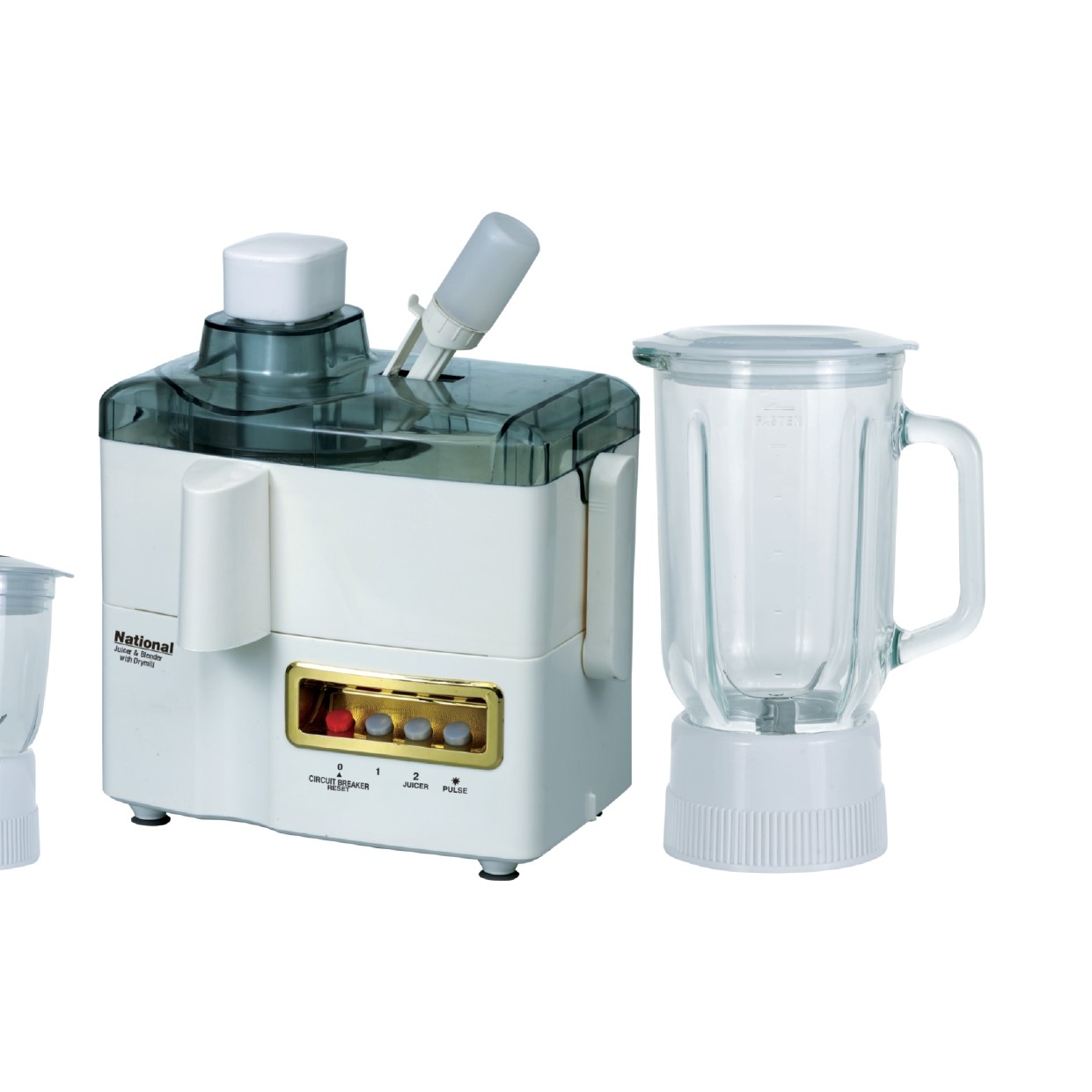 Understanding Juicers and Blenders
Understanding Juicers and Blenders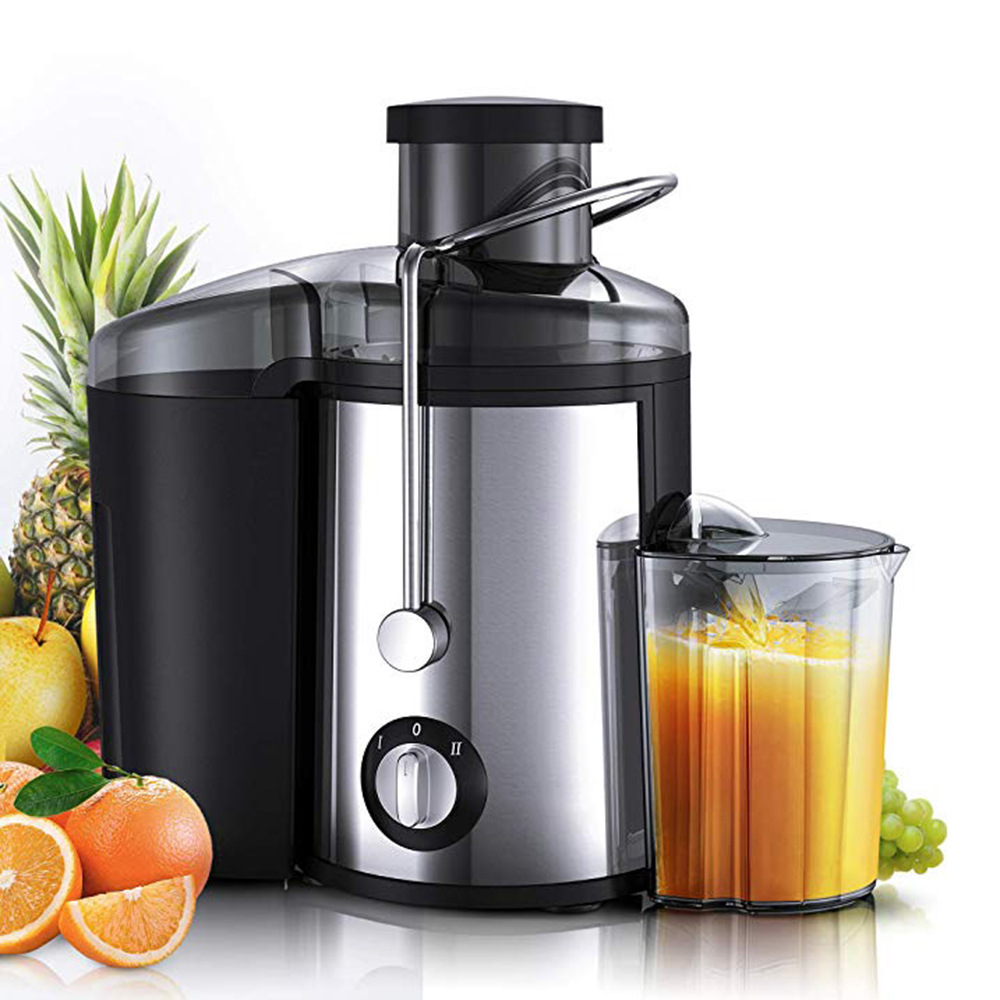 Health Benefits: Juicer&Blender
Health Benefits: Juicer&Blender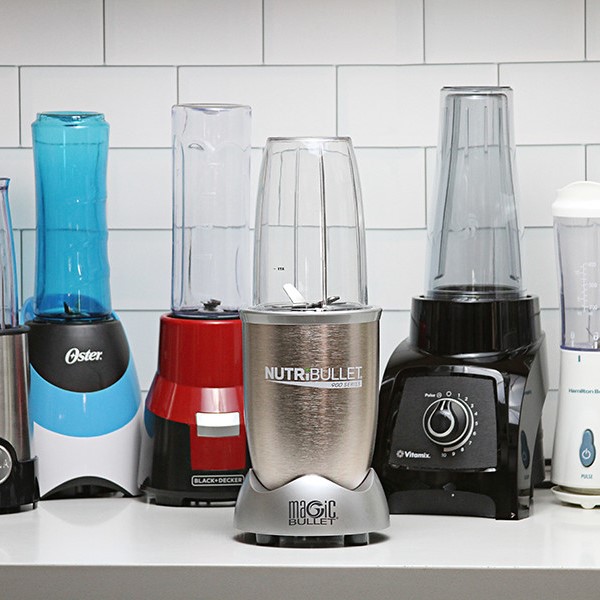 Juicer&Blender Top Models in the Market
Juicer&Blender Top Models in the Market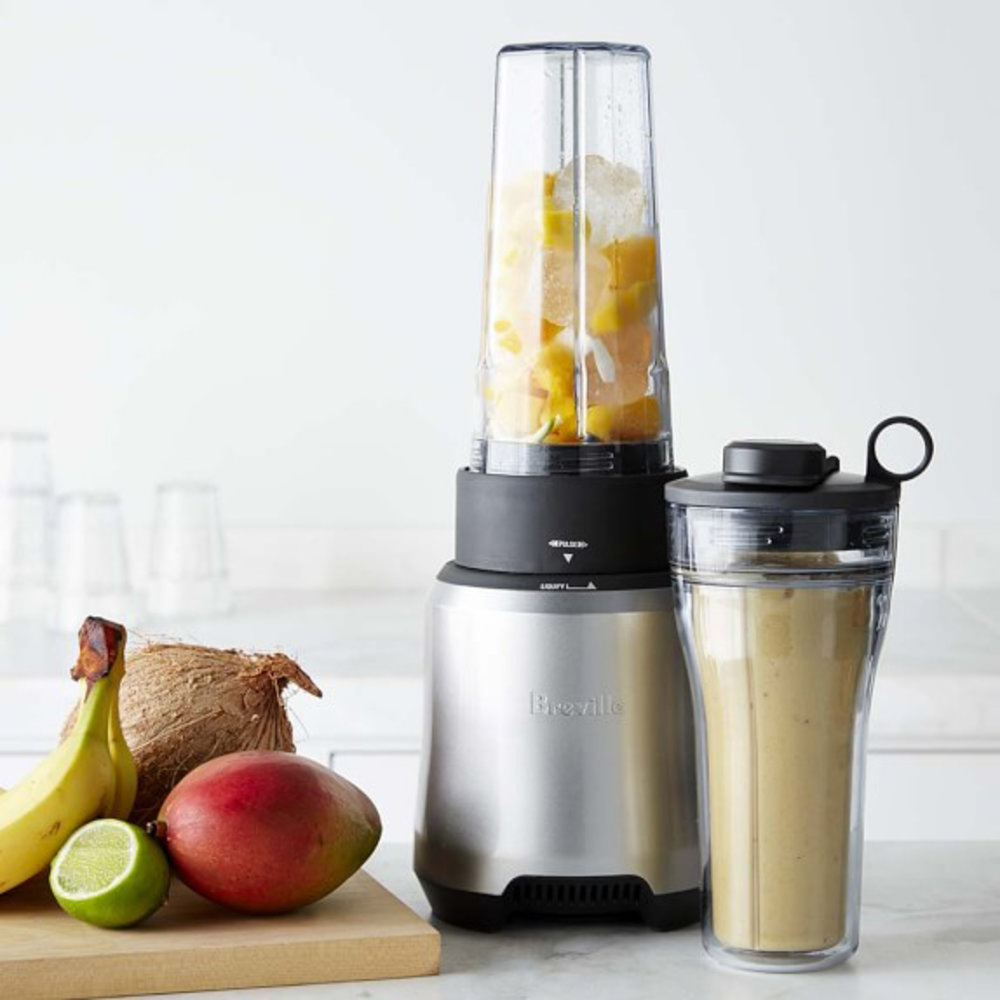 Frequently Asked Questions
Frequently Asked Questions